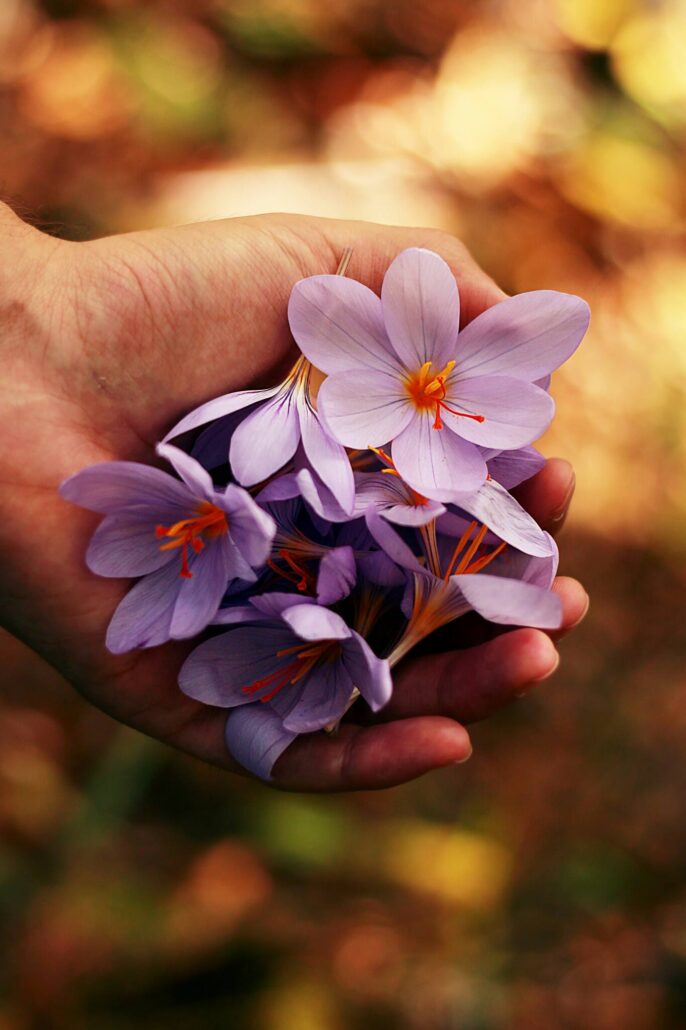Harmonizing Yoga and Ayurveda:
Navigating Kapha Balance in Spring
By: Shala Worsley
According to Ayurveda, Kapha Dosha is naturally high during the transition from Winter to Spring, especially when the weather is cool and damp. Kapha dosha is one of the three fundamental energies in Ayurveda, representing stability, strength, and cohesion. It governs qualities like heaviness, coolness, and moistness in the body and mind. When Kapha is not balanced, it can lead to feelings of lethargy, heaviness, and congestion, both physically and emotionally.
The increase in Kapha at this time of year makes Kapha imbalances more common (ex. sinus congestion or feeling lethargic, heavy, and withdrawn)
During this time, it’s prudent to incorporate Kapha-pacification into our daily yoga practices, especially if we notice signs of Kapha imbalance.
Ways to Pacify Kapha Through Your Yoga Practice
Get Sweaty
When Kapha is in excess, it’s time to get moving to the point of sweat. Move a little faster than normal; do heat producing postures
Examples: Warrior 1, Standing Bow Pose, and breathing practices (breath of fire; ujjayi).
Challenge Yourself
Counteract feeling withdrawn or lethargic by challenging yourself in your yoga practice in some way.
Example: set a goal to practice a challenging posture like plank everyday for a certain length of time.
Change Positions Often
Keep energy flowing during yoga practice by avoiding long held seated postures.
Examples: Do vinyasa in between seated poses (transition from Downward Dog, to Plank, to Cobra, and back into Downward Dog).
Try one of these suggestions for savasana: Shorter length, leave your eyes open, picture your body full of light, or choose a meditation posture instead.
Vary Your Routine
Change things up! When Kapha is high we tend to do the same thing over and over. That monotony only increases Kapha even more. To pacify Kapha, add something new to your practice: seek out and learn new postures, meditations, pranayama. Get upside down; try safe inversions. Or try a whole new style of yoga. A good match for pacifying kapha is an invigorating style of yoga that leaves you feeling refreshed, full of energy and alert.
Focus on Kapha Sites in the Body (stomach, lungs, sinuses)
Stimulate the areas where Kapha tends to accumulate:
Stomach: twists, backbendsLungs: chest openers, side bendsSinuses: powerful breathing practices (kapalabhati, bhastrika, ujjayi)
In summary, if you’re feeling a Kapha imbalance this Spring, practice yoga in a way that leaves you feeling light, invigorated, warm, and full of vitality.
You Might Also Like…
Ayurveda & Yoga | May 3-5, 2024
If you’re curious about the connection between Yoga and Ayurveda and wish to explore the intricacies of the three doshas and their potential imbalances, this workshop is for you. Dive into the fundamentals of Ayurveda, including the Pancha Mahabhutas (five great elements), and learn practices for bringing balance in your daily life. You will begin to learn about imbalances and how to manage through daily and seasonal routine, diet, and self-care practices. This weekend study offers a unique opportunity to enrich both your personal yoga journey and teaching, by integrating this wisdom into your asana, pranayama and meditation practices.
About the Author
The post Harmonizing Yoga and Ayurveda: Navigating Kapha Balance in Spring appeared first on Asheville Yoga Center.



